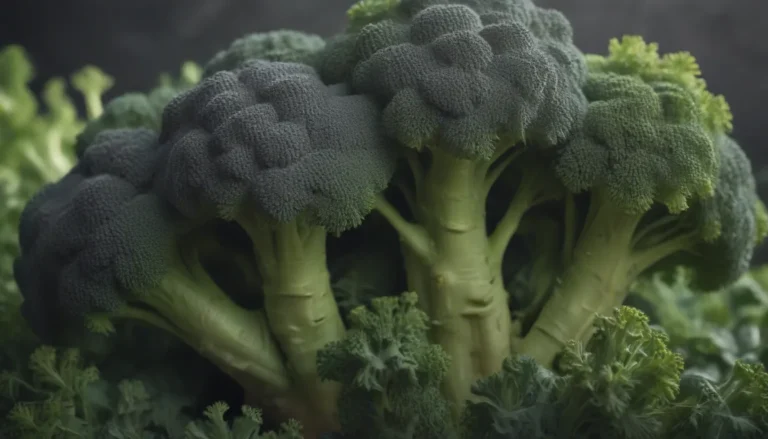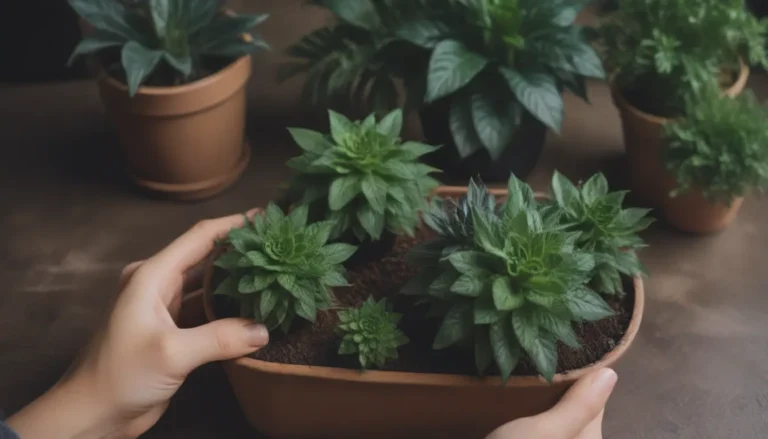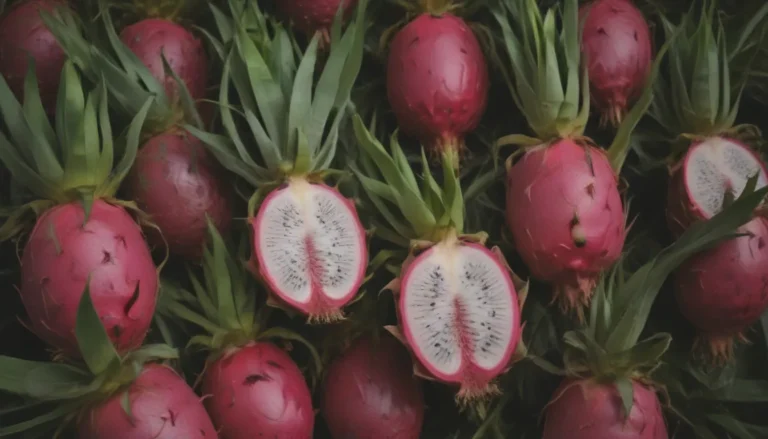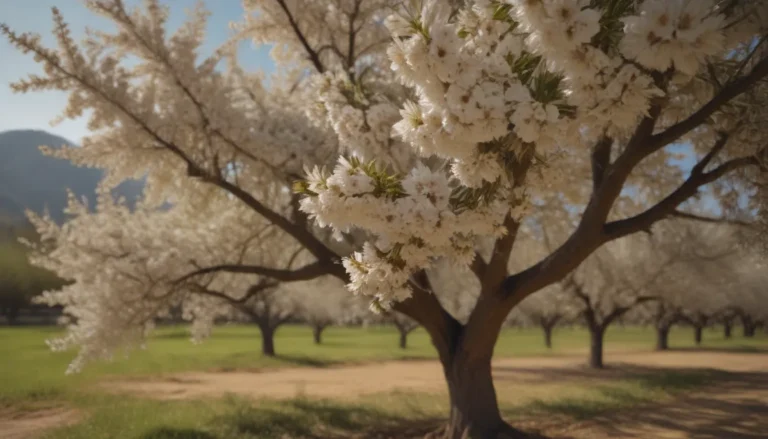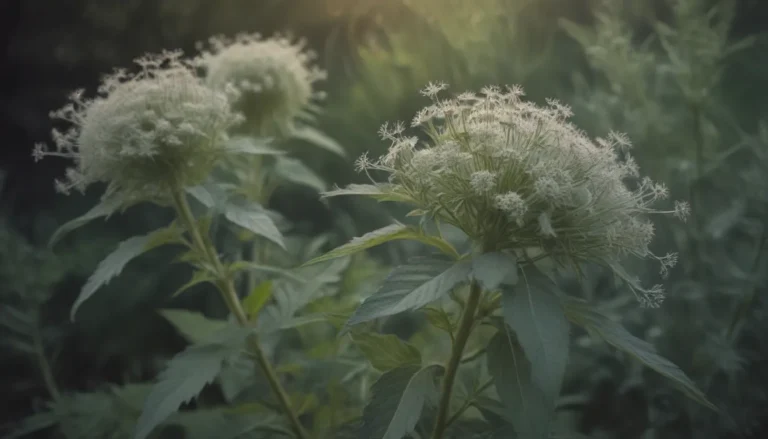A Comprehensive Guide to Growing and Caring for Columbine
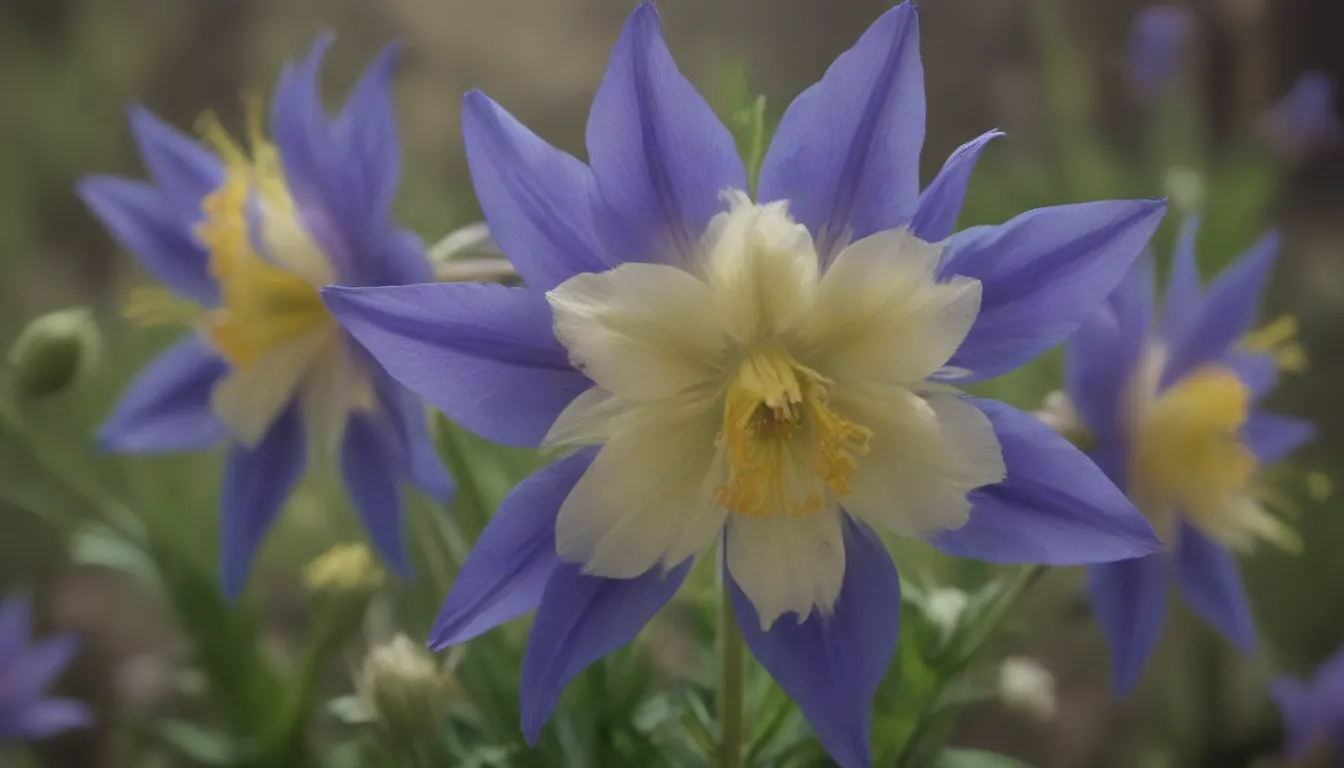
Are you looking to add a touch of whimsy to your garden with the graceful columbine plant? Read on to discover everything you need to know about successfully growing and caring for these unique perennials.
Columbine is a short-lived herbaceous perennial with airy foliage and colorful blooms that resemble jester’s caps. Its delicate appearance and vibrant hues make it a popular choice among gardeners looking to add a splash of color to their outdoor spaces. However, growing columbine successfully requires a bit of know-how and attention to detail. In this comprehensive guide, we will explore everything from the ideal growing conditions to common pests and diseases, so you can enjoy beautiful columbine blooms in your garden.
Columbine Care
To ensure that your columbine plants thrive and bloom abundantly, it’s essential to provide them with the right care and conditions. Here are some key aspects to consider when caring for your columbine plants:
Light
Columbine plants prefer partial shade, especially in regions with hot, intense sunlight. While they can tolerate full sun in cooler climates and during the spring, providing some shade in the summer months can help them thrive. After flowering, columbine plants benefit from shade to conserve energy and prevent stress from high temperatures.
Soil
For optimal growth, plant columbine in well-drained, humusy soil with a neutral to slightly acidic pH. Mixing in some compost before planting can provide the plants with essential nutrients and organic material. Columbine thrives in sandy or loamy soil that offers good drainage, as excessive moisture can lead to root rot.
Water
Maintaining moderate soil moisture is crucial for columbine plants. Water your plants when the top 1 to 2 inches of soil feel dry, especially during the establishment phase for young plants. Once established, columbine plants typically require watering once a week. Mulching around the plants can help retain soil moisture and keep the roots cool during hot weather.
Temperature and Humidity
Columbines are perennial plants that thrive in USDA hardiness zones 3 to 8. While they can tolerate cooler temperatures, they are sensitive to excessive heat and may go dormant in the summer. Choosing a columbine variety suited to your climate can help ensure that your plants flourish. Cooler weather tends to promote more prolific flowering in columbine plants.
Fertilizer
During the growing season (spring to fall), use a liquid, water-soluble fertilizer once a month to promote healthy foliage and vibrant blooms. Columbine plants require phosphorus for robust root development, so opting for a balanced fertilizer with a boost in phosphorus content (e.g., 5-10-5 NPK) is ideal. Avoid using high-nitrogen fertilizers, as they can inhibit flower production.
Types of Columbine
Columbine plants come in various shapes, sizes, and colors, making them versatile additions to any garden. From dwarf varieties with delicate blooms to larger cultivars with showy flowers, there is a columbine variety to suit every preference. Some popular columbine types include:
- Aquilegia flabellata ‘Nana’
- Aquilegia ‘Crimson Star’
- Aquilegia ‘McKana Hybrid’
- Aquilegia caerulea Rocky Mountain columbine
- Aquilegia vulgaris ‘Clementine Salmon-Rose’
- Aquilegia Songbird ‘BlueBird’
By selecting different columbine varieties and allowing them to cross-pollinate, you may discover unique color combinations and patterns in your garden.
Pruning and Propagating Columbine
Pruning columbine plants after flowering can encourage a second flush of blooms and help maintain their overall health. Cutting back the plants to their healthy basal leaves can stimulate new growth and prolong the blooming period. Columbine can also be propagated through division or by sowing seeds. Division is labor-intensive but can rejuvenate older plants and ensure a vibrant display of blooms. Collecting and sowing columbine seeds is a straightforward way to propagate new plants and expand your garden’s columbine collection.
How to Grow Columbine From Seed
To grow columbine from collected seeds, wait until the flowers have faded and the seed pods have ripened. Harvest the mature seeds by breaking open the dry seed pods and sow them in well-draining potting soil. Providing adequate moisture and light can help the seeds germinate and develop into healthy seedlings. Transfer the seedlings to individual pots once they have established roots, and plant them in your garden after the last frost date for your region.
Potting and Repotting Columbine
If you prefer to grow columbine in containers, choose deep, medium-sized pots with good drainage holes. Use high-quality potting soil that offers excellent drainage and plant each seedling in its own container. Repot your columbine plants as needed to ensure they have sufficient space for root growth and development. Container-grown columbine plants may require more frequent watering and fertilization to thrive.
Overwintering and Common Pests
Columbine plants are cold-hardy and can withstand winter temperatures with minimal protection. To prepare your columbine plants for winter, trim back any wilted foliage and apply a light layer of mulch around the plant crown. This can help insulate the roots and protect the plants from freezing temperatures. Keep an eye out for common pests such as leaf miners, sawflies, and aphids, which can affect columbine foliage and flower production. Regular inspection and appropriate treatment can help keep your columbine plants healthy and thriving.
How to Get Columbine to Bloom
Encouraging columbine plants to bloom involves providing them with the right growing conditions and care. Columbine typically blooms from April to May or early June, depending on the variety and climate. Established plants can bloom for about four weeks, producing charming, buttercup-like flowers with distinctive spurs. Deadheading spent blooms can promote additional flowering and extend the blooming season, but it may prevent self-seeding for future growth. Understanding columbine’s flowering cycle and requirements can help you enjoy a bountiful display of blooms in your garden.
Common Problems With Columbine
While columbine plants are relatively easy to grow, they can be susceptible to certain issues, including yellowing leaves, powdery mildew, and slug infestations. Addressing these problems promptly can help prevent damage and preserve the health of your columbine plants. Watch for signs of stress or disease, such as leaf discoloration, fungal growth, or defoliation, and take appropriate measures to protect your plants. With proper care and vigilance, you can enjoy thriving columbine plants in your garden year after year.
In conclusion, cultivating columbine plants can be a rewarding experience for gardeners seeking to add beauty and charm to their outdoor spaces. By following these tips and guidelines for growing and caring for columbine, you can create a vibrant, colorful garden filled with these delightful perennial blooms. With a little love and attention, your columbine plants will flourish and bring joy to your garden for seasons to come. Happy gardening!
